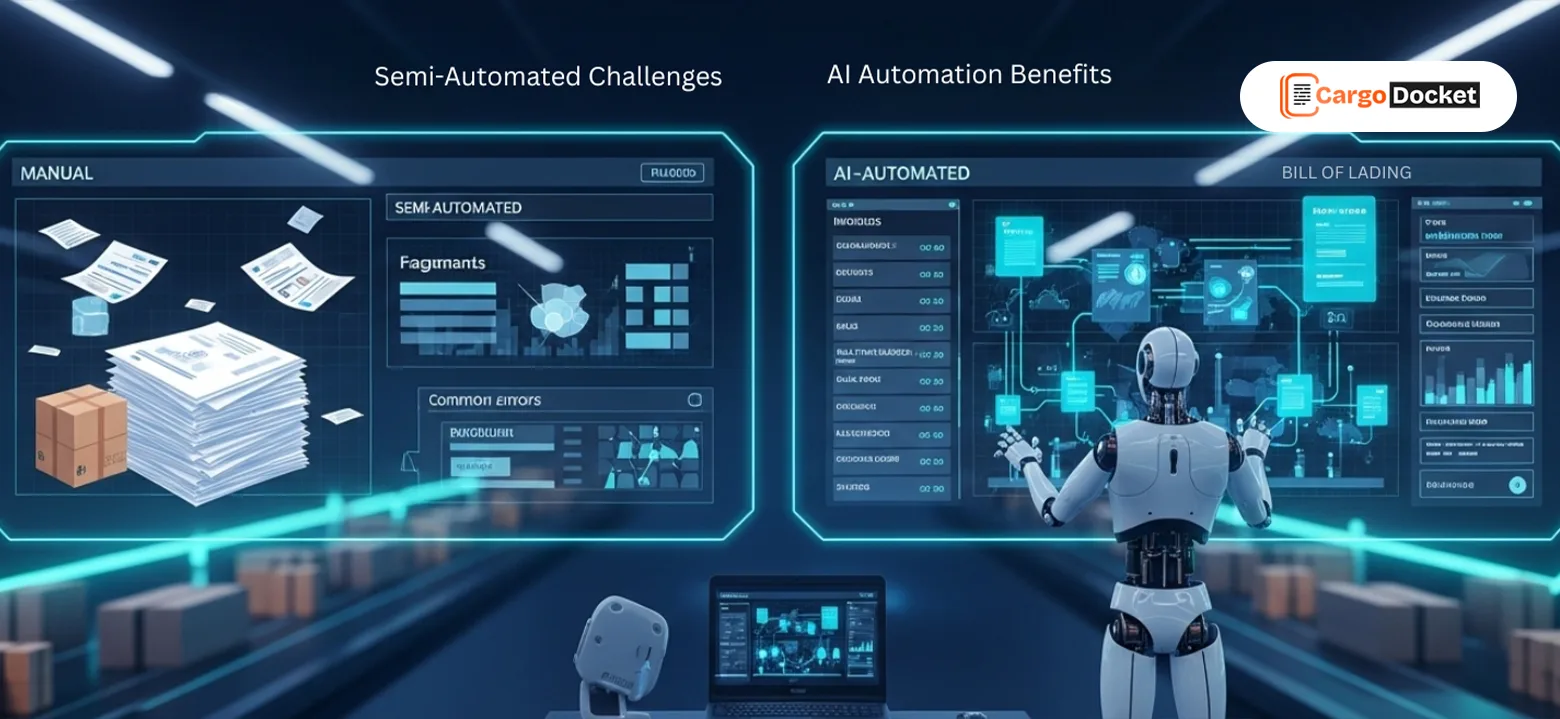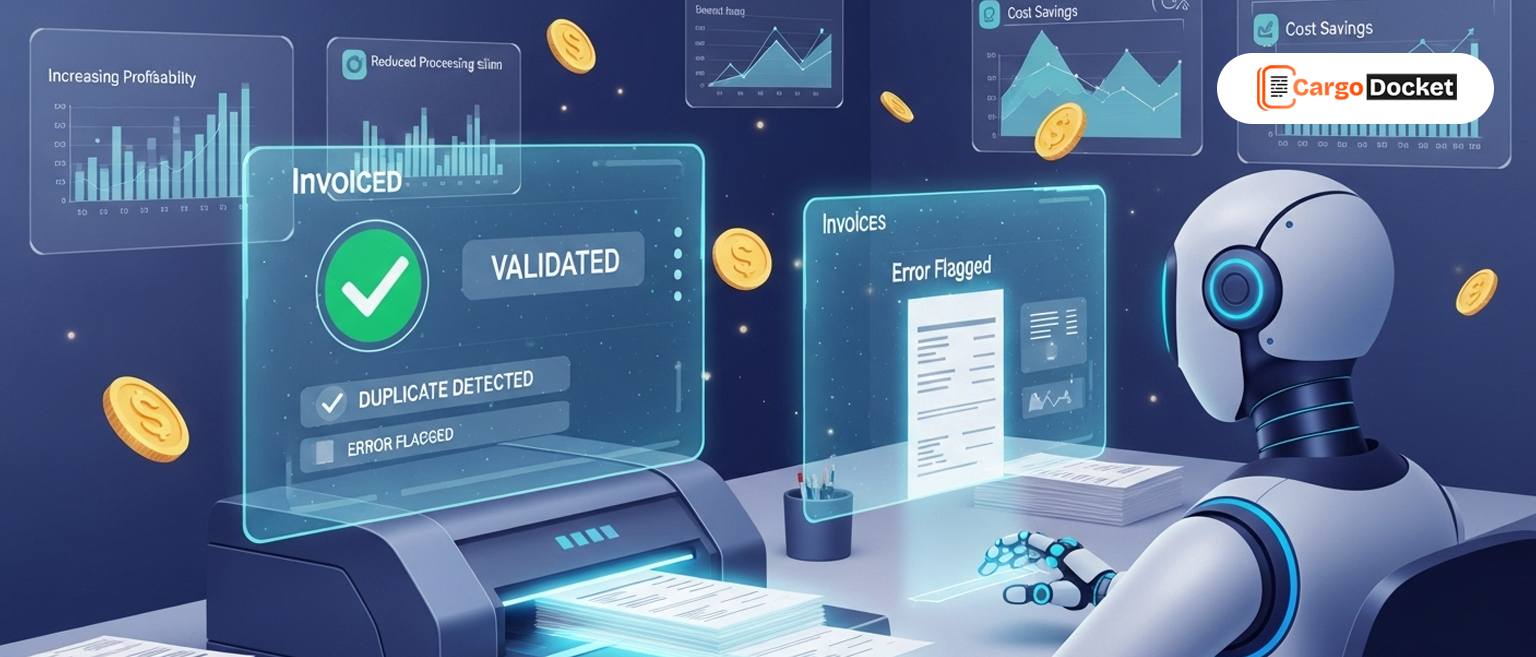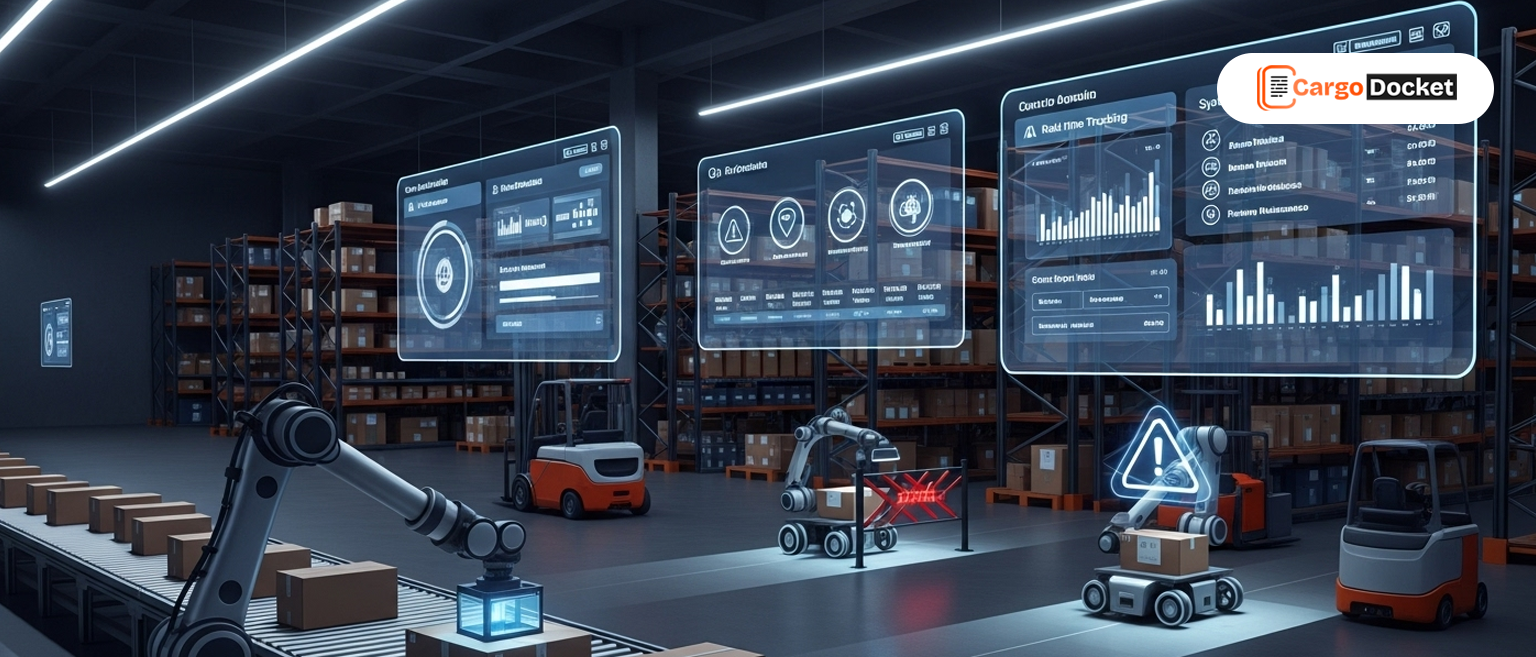Efficiency is crucial in the field of international logistics. While significant attention is paid to container tracking, route optimization, and customs clearance, one procedure frequently falls behind: export documentation, particularly the Bill of Lading (BoL).
Since bills of lading serve as both a legal contract and a receipt for goods, they are essential to international trade. However, when handled manually, it turns into a tedious, prone-to-mistakes process that slows down operations and puts your company at risk for noncompliance.
Because of this, more logistics experts are using Exports Bill of Lading Automation, a technologically advanced system that automatically extracts, verifies, and routes shipment data from BoL papers into your TMS or ERP.
What Makes Exports BoL Processing So Complex?
Export shipments typically involve the creation of multiple BoL documents, Master and House Bills, with detailed information such as:
When handled manually, these documents are:
- Prepared by referencing multiple sources (booking confirmations, packing lists, etc.)
- Typed into systems like CargoWise, Magaya, or SAP
- Shared with agents, customs, or clients via email or upload portals
- Revalidated for accuracy at every handoff
This fragmented process consumes significant man-hours and introduces multiple points of failure.
What Does BoL Export Automation Do?
Export BoL automation utilizes Intelligent Document Processing (IDP), AI, and workflow automation to digitize and simplify the entire documentation process.
Here’s what it looks like in action:
Document Capture
The system captures documents from emails or uploads, whether it’s scanned PDFs, Excel files, or data from freight portals.
Data Extraction
Key BoL fields such as consignee info, POL/POD, cargo details, and shipping instructions are automatically extracted.
Validation
Data is validated against job records, booking details, or system rules. Any mismatches are flagged before submission.
System Update
Verified data is pushed directly into your TMS or ERP (e.g., CargoWise), populating the correct fields for shipment or console creation.
Document Management & Uploads
Final BoLs are automatically filed, uploaded to eDocs, and shared with customers or regulatory platforms with minimal manual handling.
Key Business Benefits of Export BoL Automation
1. Faster Turnaround Time
Speed is a competitive advantage in freight forwarding. Automated BoL processing eliminates delays caused by manual data entry and formatting. Shipments are processed faster, documents are filed in real time, and vessels aren’t held up due to paperwork errors.
2. Cost Savings
Automating the export documentation process cuts down on labor hours. Instead of having staff manually type, re-check, and validate each BoL, the system handles 80–90% of the work automatically. This means fewer hires, lower operational costs, and better margins.
3. Improved Accuracy
Export compliance depends heavily on accurate documentation. BoL automation significantly reduces human error in critical fields like container numbers, shipper/consignee info, and port details, minimizing rejections, rework, and fines.
4. Real-Time Visibility and Tracking
Automation platforms often include dashboards that allow your team to track the status of every BoL in the workflow. You’ll know when a document is captured, when it was updated in the system, and whether any exceptions need review.
5. Scalable Operations
As export volumes increase, so do documentation demands. Manual teams may struggle to keep up without overtime or extra hiring. Automation, on the other hand, scales effortlessly, processing more documents without increasing workload.
6. Stronger Compliance and Audit Readiness
Inaccurate or incomplete BoLs can delay customs clearance and trigger penalties. Automation ensures that BoLs are properly structured, validated, and archived. Audit trails are automatically generated, making it easier to respond to customs queries or internal audits.
7. Better Customer Service
When your BoL processes are smooth and fast, so is your customer communication. Automated workflows allow you to send real-time updates to shippers, agents, or customs partners. That responsiveness builds trust, improves client satisfaction, and can even help you win more contracts.
How It Integrates With Your Existing Systems
Modern export BoL automation platforms are built for smooth integration with ERPs and logistics systems like:
- CargoWise Next
- SAP S/4HANA
- Magaya
- NetSuite
- Custom freight or brokerage portals
The integration allows BoL data to flow directly into existing job records, saving your team from double-entry and ensuring that documentation is always synced with operational workflows.
Who Should Consider Export BoL Automation?
You’ll benefit most from BoL automation if:
- You manage large volumes of exports across the ocean, air, or intermodal
- You operate across multiple ports, regions, or customs jurisdictions
- Your teams rely on CargoWise or similar platforms for TMS and documentation
- You want to reduce labor costs while increasing compliance and throughput
- You’re looking to improve response times and customer communication
Whether you’re a freight forwarder, NVOCC, or 3PL handling export documentation, automation makes your business more scalable and predictable.
Conclusion
Export Logistics teams that wish to remain competitive, flexible, and customer-focused are increasingly using BoL automation as a routine practice rather than as an extravagance for large companies.
From reduced errors and faster processing to stronger compliance and smarter workflows, the benefits are clear. If you’re still managing export documentation manually, now’s the time to explore automation solutions that integrate with your systems and elevate your operational performance.
Ready to simplify your CaroWise exports bill of lading automation? Contact our team today to see how we can automate your Export Bill of Lading processes and simplify your global trade workflows, or book a free demo to watch it in action.




